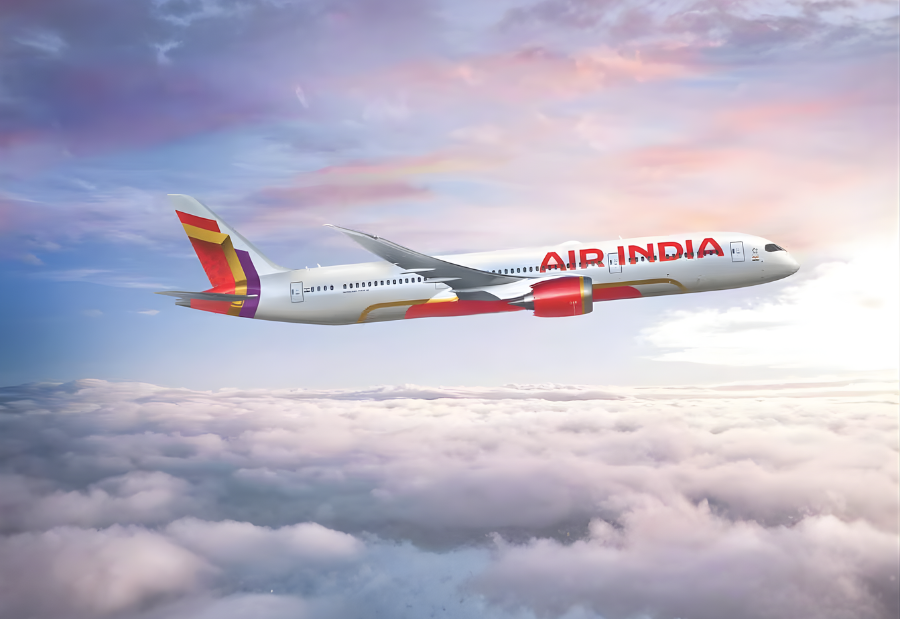When the Tata Group took over Air India from the government in January 2022, many believed the airline would finally get the revival it needed. The Tata reputation for efficiency and customer focus had raised expectations that Air India would transform into a strong, reliable, and competitive national carrier. However, more than three years later, the airline continues to struggle on multiple fronts.
Despite efforts to rebuild operations and improve service quality, Air India is yet to shed its old public sector image. Customer complaints remain high, losses have increased, and the large-scale aircraft upgrades that were announced are progressing slowly. According to recent reports, Air India is seeking a financial infusion of at least Rs 10,000 crore from Tata Sons and minority partner Singapore Airlines to support system improvements and service overhaul.
While Air India’s revenue grew 15 percent to Rs 78,636 crore in the financial year ending March 2025, losses widened by 48 percent to Rs 10,859 crore compared to the previous year. At the same time, IndiGo continues to lead the domestic aviation market with a 64 percent market share and a strong net profit of Rs 7,258 crore. Air India, with a market share of around 27 percent, has also seen a decline in passenger volume during recent months.
Air India’s leadership has stated that external factors have contributed to the slow turnaround. At a recent event, the airline’s chief executive Campbell Wilson highlighted challenges including closure of airspace due to geopolitical tensions and increased operational costs. However, the major setback remains the tragic Dreamliner crash on June 12, which resulted in significant loss of lives and affected the airline’s credibility and international operations. The final investigation is ongoing but concerns around pilot training and maintenance practices have drawn scrutiny.
The Directorate General of Civil Aviation has issued multiple notices over safety lapses, including pilot fatigue management and training shortfalls. The airline is also working to upgrade its aging fleet, though global supply chain delays have slowed progress on its refurbishment program.
Air India had set a five year turnaround plan that included operational break even, fleet expansion, and better passenger experience. However, these targets are currently behind schedule. The merger of Vistara with Air India has also raised concerns, as Vistara’s premium service quality risked being diluted under a single brand approach.
Analysts suggest the airline may require sustained capital infusion of up to Rs 20,000 to 25,000 crore annually over the next few years. The challenges ahead remain significant, and the road to recovery is expected to be long and complex.
Also read: Viksit Workforce for a Viksit Bharat
Do Follow: The Mainstream formerly known as CIO News LinkedIn Account | The Mainstream formerly known as CIO News Facebook | The Mainstream formerly known as CIO News Youtube | The Mainstream formerly known as CIO News Twitter
About us:
The Mainstream formerly known as CIO News is a premier platform dedicated to delivering latest news, updates, and insights from the tech industry. With its strong foundation of intellectual property and thought leadership, the platform is well-positioned to stay ahead of the curve and lead conversations about how technology shapes our world. From its early days as CIO News to its rebranding as The Mainstream on November 28, 2024, it has been expanding its global reach, targeting key markets in the Middle East & Africa, ASEAN, the USA, and the UK. The Mainstream is a vision to put technology at the center of every conversation, inspiring professionals and organizations to embrace the future of tech.




